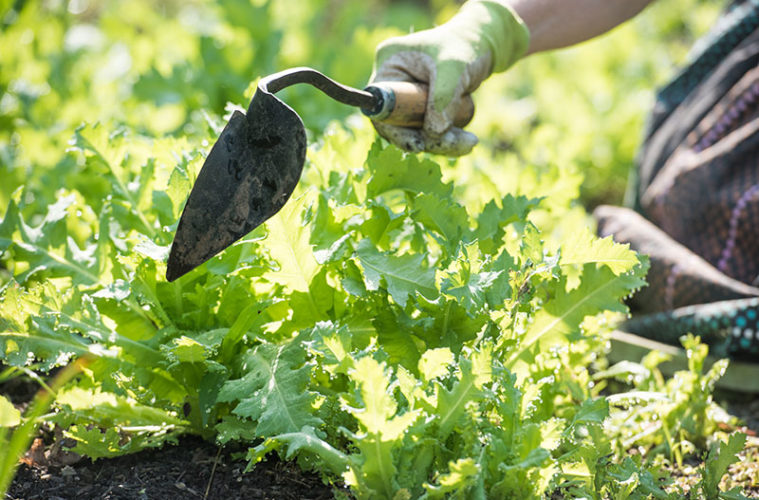The marathon known as spring is about to kick off and you want to keep ahead in the race. But where to start? Faced with a daunting “to do” list and finite time, you are feeling more than a little dizzy. Fortunately, Jackie Panek, annual and perennial manager at Wolf Hill Garden Center in Ipswich, has a game plan all figured out. Since 2017, she’s been steering customers through their spring obstacle courses, and she has a few smart pointers.
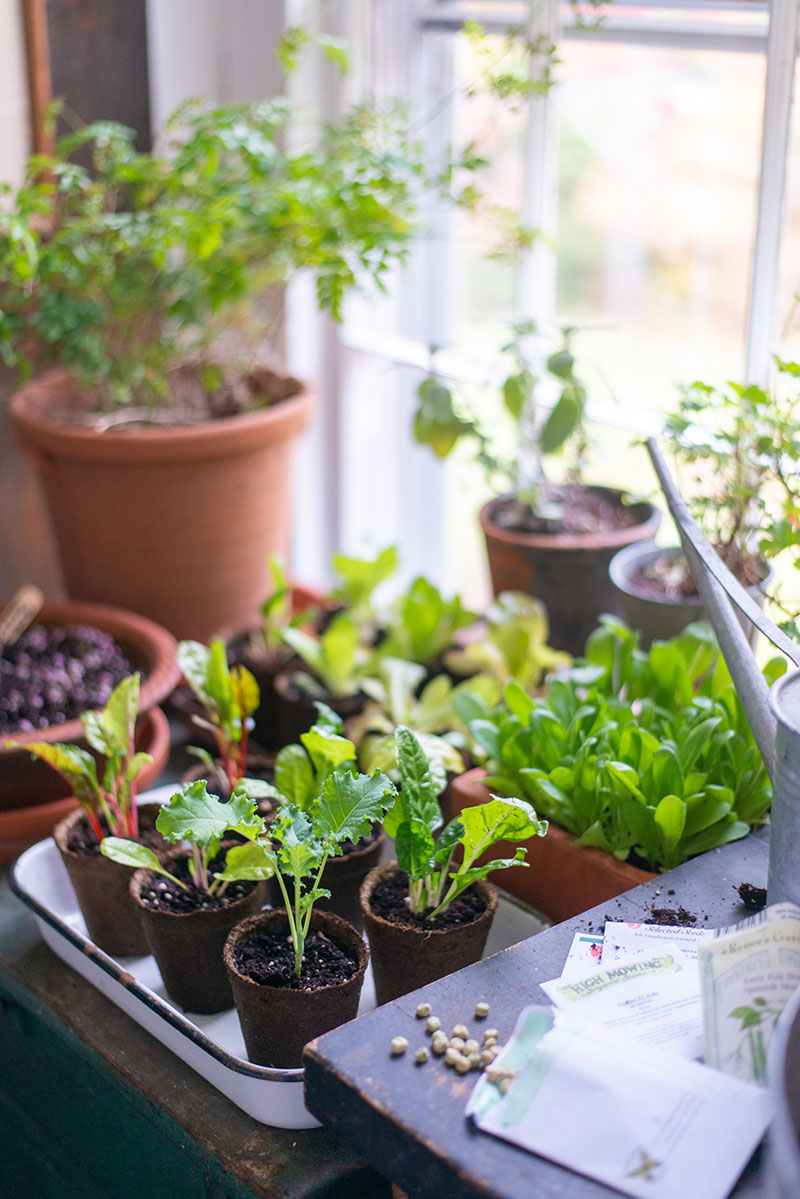
For starters, Panek suggests that you get going ASAP. “It’s never too early to plan,” she urges customers. “Do it by degrees and you can get all your dreams in place.” So, Panek’s calendar revs its engines before you can actually access your garden. Getting all your supplies ready for action is a smart starting point. “Take stock of containers and tools,” she advises. Make sure all your tools are accounted for, in good working order, and organized. Because putting a tool in your hands will be truly revealing, check out potential new purchases in person before taking the plunge. Meanwhile, clean and sharpen tools to get them “work ready.”
While laying plans and sifting through all those catalogs piling into your post box, Panek suggests taking time with the process. “It’s so tempting to go for one of everything,” she says, speaking from experience, “but you need to consider available space and your particular growing situation. Do you really need 30 different heirloom tomatoes?”
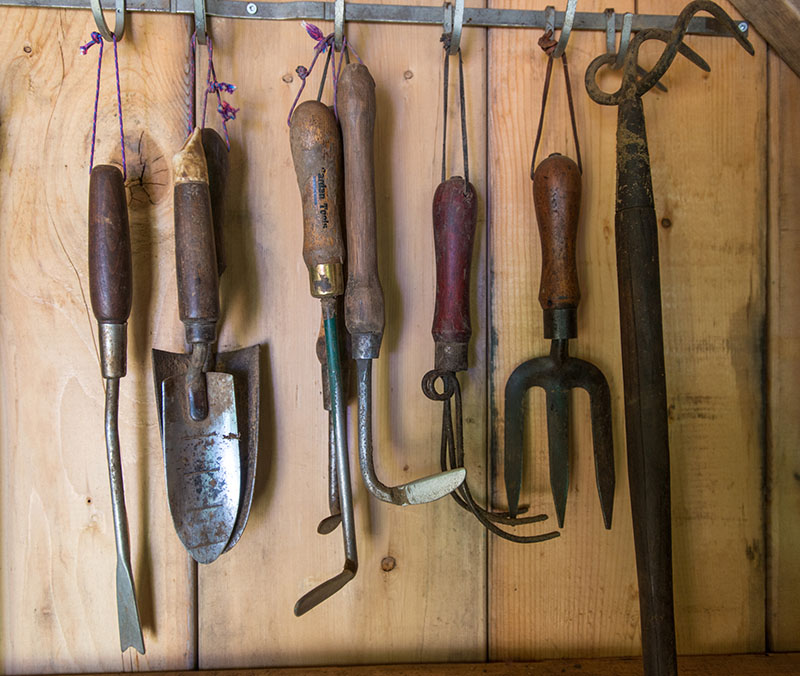
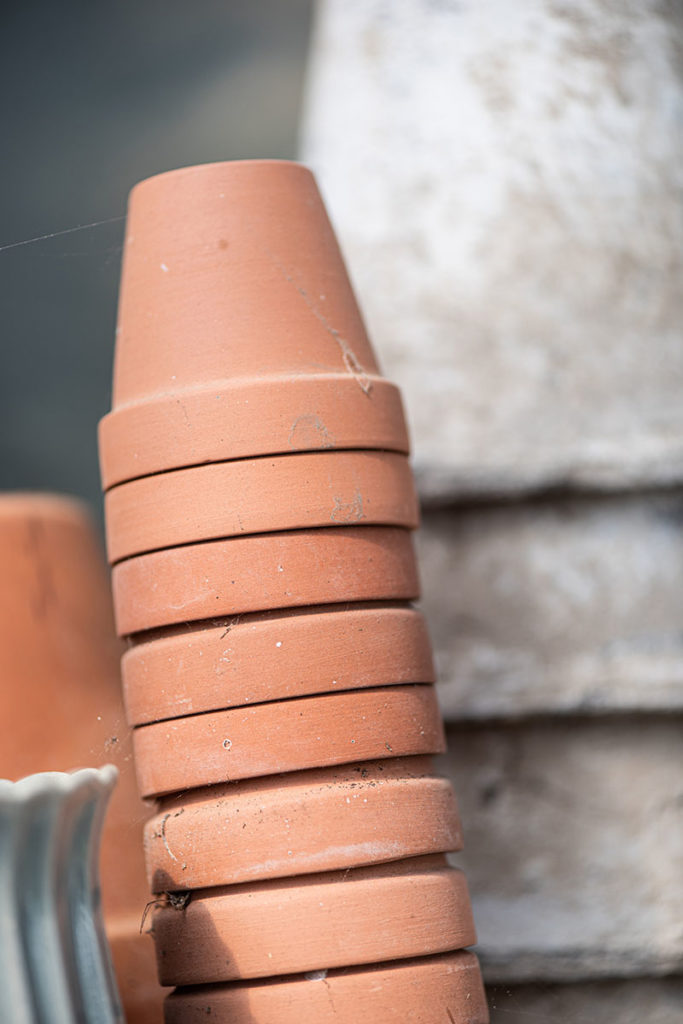
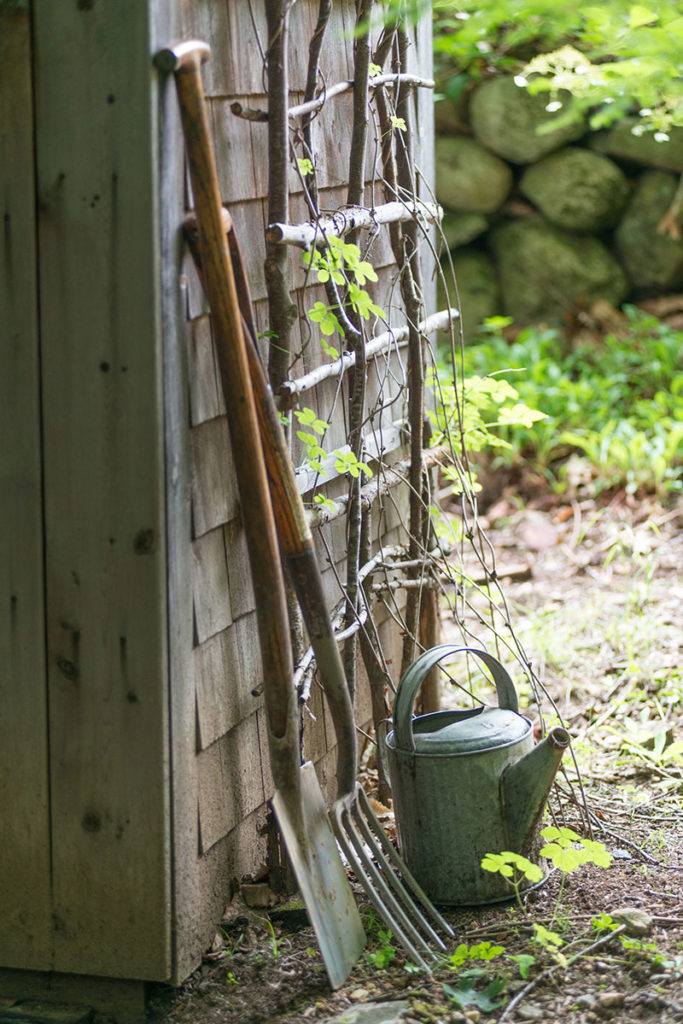
Research planned purchases and their growing conditions before making a final shopping list. Local nurseries generally offer plants that are hardy in the region, but plants that are not obtained locally might not love your unique North Shore environment. A little research now can save you a lot of money in the long run.
Consider growing easy annuals and vegetables from seed. Annual flowers such as zinnias, cosmos, marigolds, nasturtiums, scarlet runner beans, and sweet peas are a snap to grow from seed, as are veggies like lettuce, beans, corn, spinach, kale, and mustard greens. You can save even more money by checking out local seed library opportunities and seed/seedling swaps. For newcomers, most libraries have books for all levels of seed sowers, but the best reference info is right on the seed packets themselves. Here, you can usually find advice on whether to sow the seeds in pots or directly in the garden, and they also offer wisdom about when to start seeds. “It’s so easy to get excited and run ahead of the calendar,” says Panek. Want to be ultra-organized? Spend early spring filing your seeds according to their suggested sowing dates.
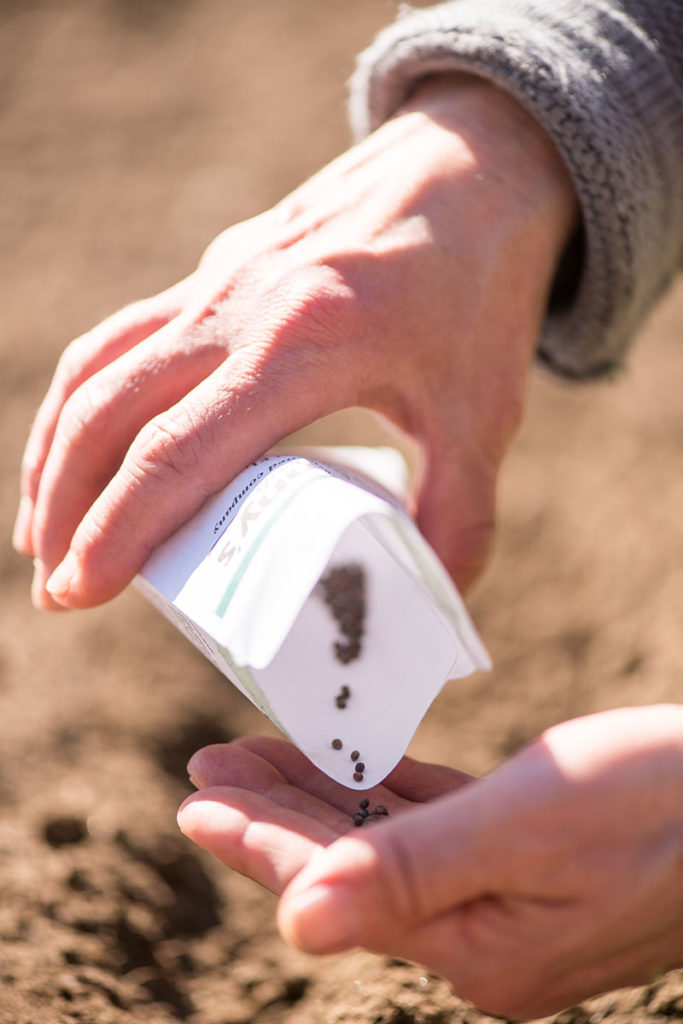
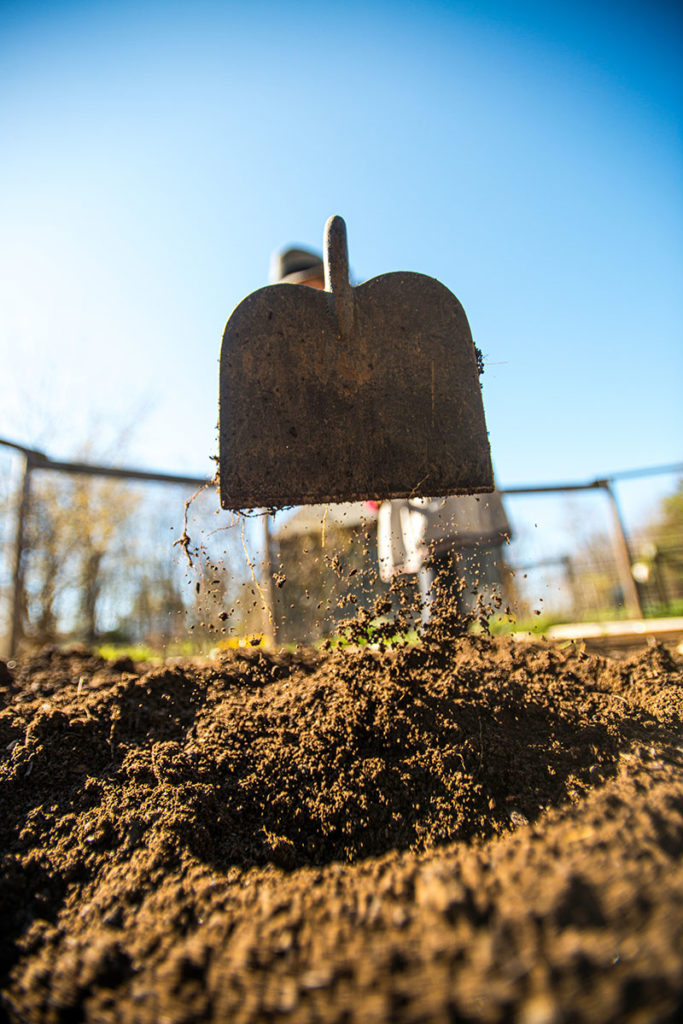
Most seed packets count back from your last frost date to find optimal sowing times, using language like, “Sow six to eight weeks before last spring frost.” Jackie cautiously suggests using May 15 as a last spring frost date for the North Shore. “We often get unexpected late frosts,” she warns. And if you are in a low-lying area or have a very exposed site, wait until June to plant tender annuals such as basil, tomatoes, eggplants, and coleus. Also wait for warmer weather before sending tropical houseplants outside for summer camp. Itching to sow something outside? Peas can be sown when the ground has newly thawed. You can also tuck lettuce, spinach, and arugula into the good earth early.
While biding your time, take the opportunity to clean up your yard. Cut back ornamental grasses, but leave some strewn blades for nesting birds. Early spring is also a perfect juncture for pruning back roses. Simultaneously, remove any remaining withered annual stems left over from last autumn.
As soon as the ground thaws, collect soil samples for testing. This simple step provides a scientific profile of your land, potentially saving you the cost of unnecessary amendments later on. The University of Massachusetts offers a soil testing lab for a modest fee, and it’s as easy as scooping up a few trowels of soil, putting them into plastic bags, and filling out a questionnaire. Go to ag.umass.edu/services/soil-plant-nutrient-testing-laboratory for more information.
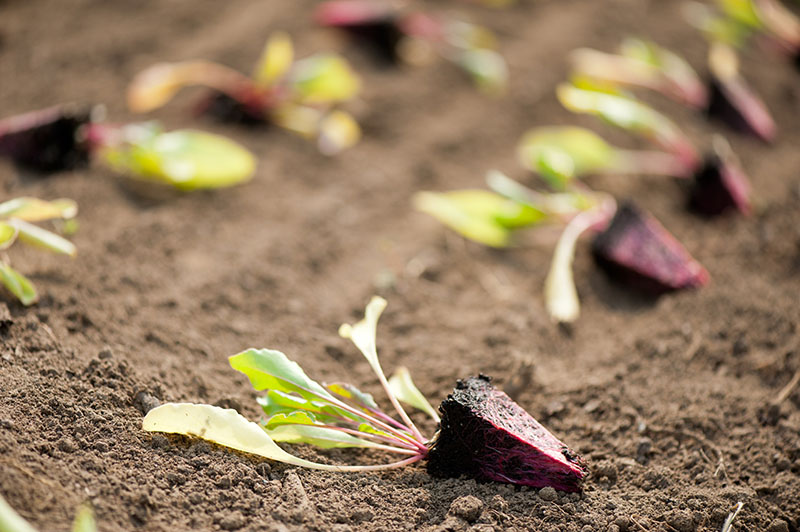
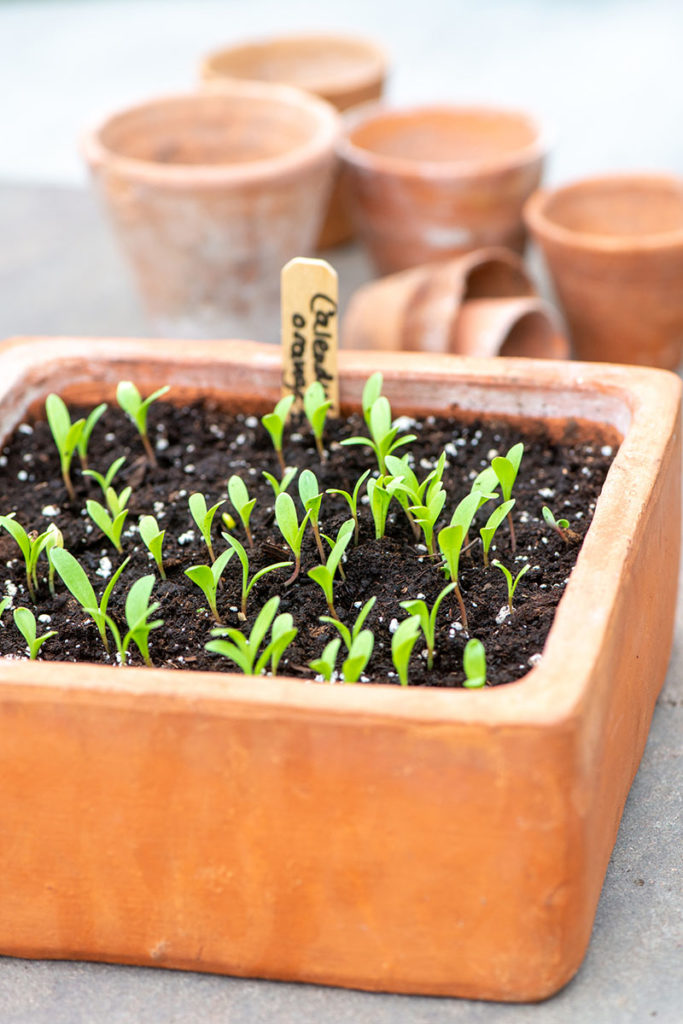

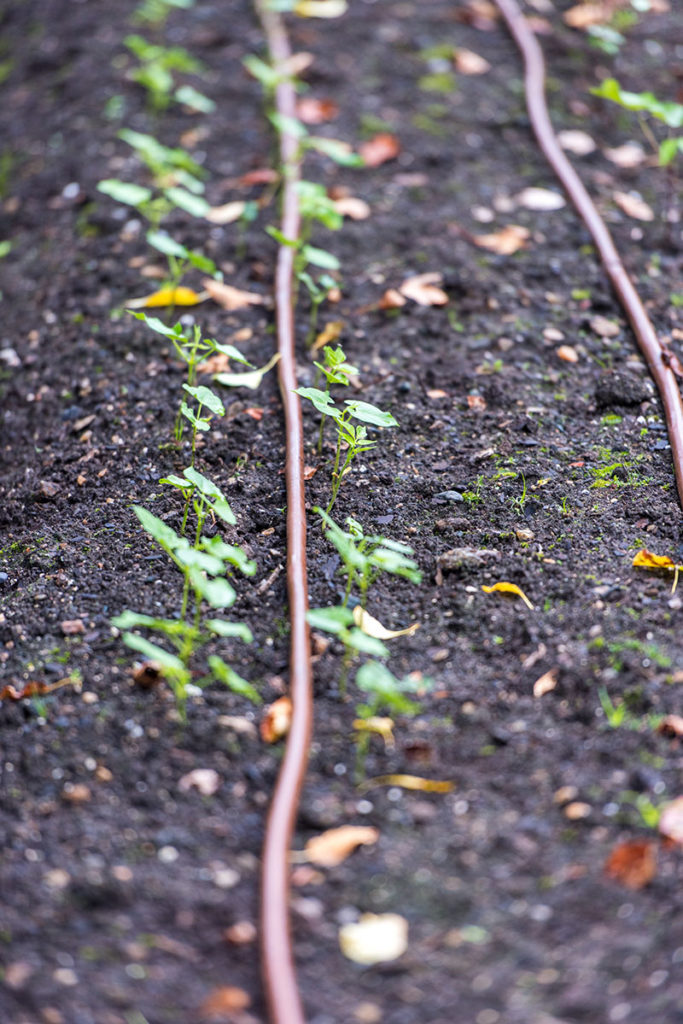
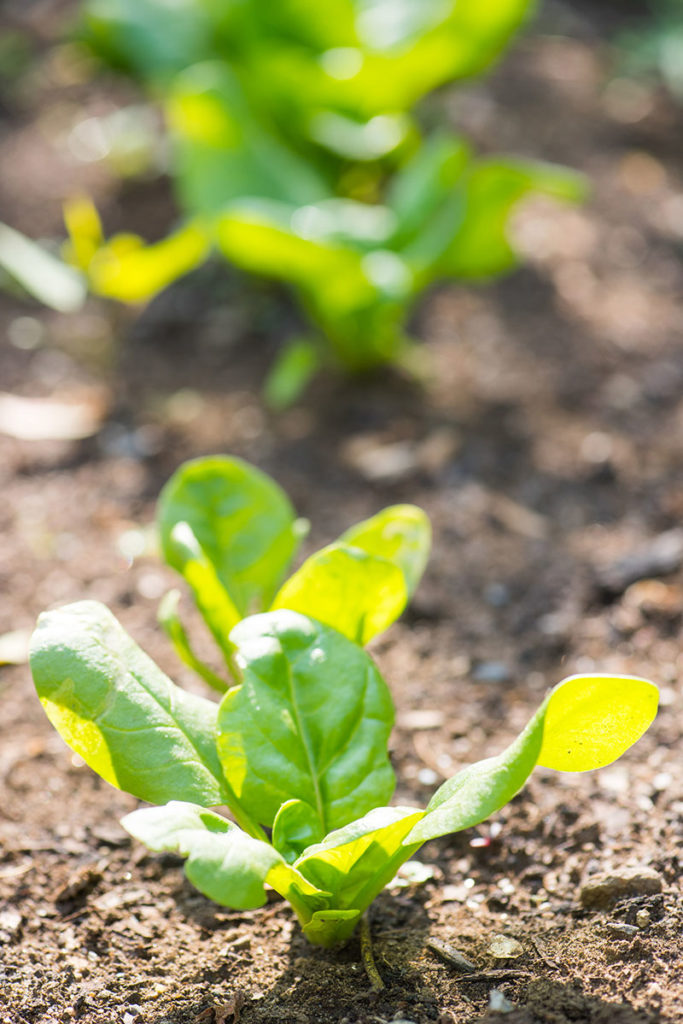
To minimize disease issues, Panek favors removing winter mulch in early spring. This is also a good time to pioneer new garden areas, she says, asserting that “it’s never too early to stake out new garden beds.” Before digging in, assess the amount of light the beds will receive. “Vegetable gardens need at least six to eight hours of sun.”
By late March and early April, the garden is usually accessible for spreading compost. but she cautions against using too much. “Spread a layer an inch or two thick,” she counsels, “and wait a couple of weeks before planting newly fertilized plots.” Jackie is a proponent of using regional compost initiatives such as Black Earth Compost in Manchester.
As the weather warms, you can comfortably tackle other chores. Divide and share perennials that are overcrowded. Go to nurseries and scope out local native plants that might turn your property into a pollinator smorgasbord. Your yard can be a haven, and now is the time to make it happen.
CONTACT wolfhillgardencenter.com

